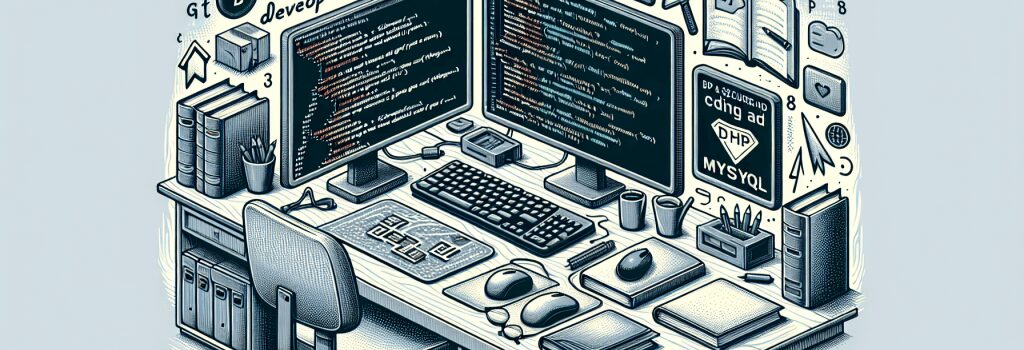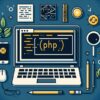Setting Up Your Development Environment for PHP and MySQL

Creating a robust foundation for backend development with PHP and MySQL begins with setting up a proper development environment. This process encompasses installing and configuring all the necessary tools and services you’ll need to build dynamic web applications. This guide will walk you through the steps to set up your development environment for PHP and MySQL, ensuring you have a smooth and efficient working setup.
Getting Started with PHP
PHP is a popular scripting language for web development that can be embedded into HTML. To start using PHP, you need to install a server on your computer. You have several options, including XAMPP, WAMP (for Windows), and MAMP (for macOS). These solutions provide you with the Apache server, PHP, and MySQL bundled together, simplifying the installation process.
Installing XAMPP
1. Download XAMPP: Visit the official XAMPP website and download the version compatible with your operating system.
2. Install XAMPP: Run the installer and follow the instructions. During installation, select components you need – ensure PHP and MySQL are selected.
3. Launch XAMPP: Start the XAMPP control panel and initiate Apache and MySQL modules.
Configuring PHP
After installing XAMPP or similar, it’s beneficial to configure PHP to suit your development needs.
1. Locate ;php.ini> file: This file resides in the ;php> directory of your XAMPP installation.
2. Edit Memory Limit and Upload Size: For development purposes, you might need to increase the ;memory_limit> and ;upload_max_filesize> values.
3. Enable Extensions: Uncomment extensions by removing the ;;> at the start of the line for extensions like ;pdo_mysql> if you’re working with databases.
Setting Up MySQL
MySQL serves as the database backbone for many PHP applications. With XAMPP, you’ve already installed MySQL. Now, it’s time to configure it:
1. Access phpMyAdmin: Open your browser and navigate to ;http://localhost/phpmyadmin>. This web interface lets you manage your MySQL databases.
2. Create a Database: Click on the “Databases” tab and create a new database for your project.
3. User Permissions: Navigate to the “User accounts” tab and create a new user or edit permissions for existing users to ensure your application can interact with the database securely.
Working with PHP and MySQL
With your development environment set up, it’s time to start developing your applications. Here are a few points to keep in mind:
– Write PHP Code: Use PHP to write server-side logic. PHP files have ;.php> extensions and can contain both HTML and PHP code.
– Connect to MySQL Database: Utilize PHP’s ;mysqli> or ;PDO> extension to connect to your MySQL database. This connection allows you to perform database operations from your PHP scripts.
– Test Locally: Test your applications locally on the Apache server. Regular testing helps identify and fix errors early in the development process.
Tools and Tips
– IDEs for PHP Development: Consider using an Integrated Development Environment (IDE) like PhpStorm or Visual Studio Code for more efficient coding, debugging, and project management.
– Version Control: Use version control systems like Git to manage your code versions and collaborate with others.
Setting up a proper development environment is the first step in building dynamic web applications with PHP and MySQL. By following the outlined steps to install and configure necessary tools like XAMPP and familiarizing yourself with PHP and MySQL configurations, you’ll be well-prepared to tackle your development projects with confidence. Remember, the key to efficient development is not only in setting up your environment but also in continuously learning and adapting to new tools and best practices in the development community.


